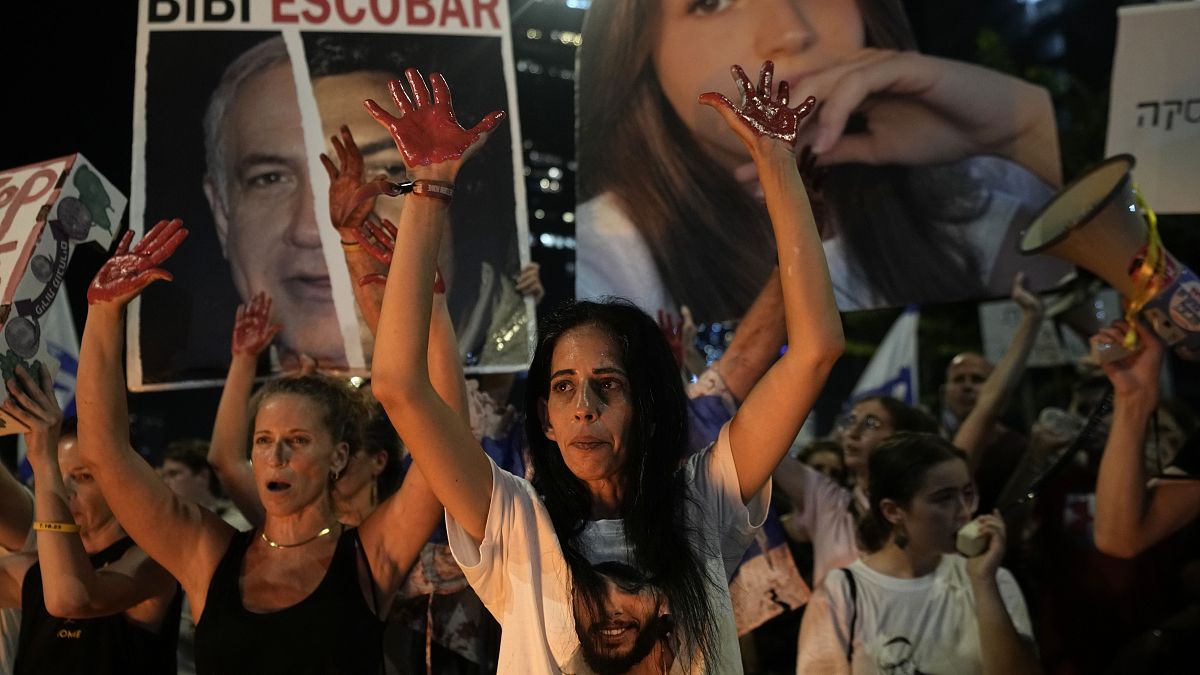International efforts are ongoing to secure a ceasefire agreement to end more than 10 months of conflict between Israel and Hamas. Talks involving officials from the United States, Egypt, and Qatar have taken place in Doha, with hopes of reaching a deal. At the same time, relatives and supporters of Israeli hostages held by Hamas in Gaza have been protesting regularly in Tel Aviv. The protesters are demanding that the government work to secure the release of the captives, carrying pictures of the hostages at what is now known as Hostages Square. They are urging the Israeli government to reach a deal to bring back more than 100 captives.
Efforts to reach a ceasefire agreement between Israel and Hamas involve a proposal to bridge the gaps between the two sides, with negotiations expected to continue in Cairo. The proposed phased ceasefire draft presented by President Joe Biden on May 31 has garnered interest from both parties. Despite some optimism expressed by Biden and Prime Minister Benjamin Netanyahu’s office, challenges remain as both sides are divided on certain terms and details of the agreement. Hamas has expressed dissatisfaction with the progress, stating that mediators are “selling illusions”.
The conflict began when Hamas militants from Gaza entered southern Israel on October 7, killing around 1,200 people and abducting 250 others. Israel accuses Hamas of holding around 110 hostages and the remains of more than 30 individuals. On the other hand, the Hamas-run health ministry in Gaza has reported a death toll exceeding 40,000, without distinguishing between civilians and combatants in their count. The ongoing hostilities have had devastating consequences for both sides, with efforts to secure a ceasefire holding significant importance for the region.
The situation in the region remains tense as international efforts continue to push for a ceasefire agreement between Israel and Hamas. The recent talks in Doha show some optimism for a potential deal, but challenges still exist in bridging the gaps between the two sides. The ongoing protests by families of Israeli hostages signal the urgency to reach an agreement and secure the release of captives held by Hamas in Gaza. With hopes for progress in negotiations in Cairo, the coming days will be crucial in determining the path towards a possible ceasefire and ending the prolonged conflict.
President Joe Biden’s proposed phased ceasefire plan has provided a potential framework for negotiations, with indications of interest from both Israel and Hamas. However, the road to a final agreement remains uncertain as disagreements persist over key terms and details. The conflicting reports on casualties and hostages further underscore the complexity of the situation and the urgency to resolve the conflict. The involvement of international mediators highlights the broader significance of reaching a ceasefire to bring stability to the region and prevent further escalation of violence.
As the conflict enters its 10th month, the need for a ceasefire agreement between Israel and Hamas becomes increasingly urgent. The ongoing talks and negotiations indicate a willingness from both sides to explore a potential deal, but challenges remain in hammering out the specifics. The protests by families of hostages held by Hamas serve as a reminder of the human toll of the conflict and the need to prioritize efforts to secure their release. With international support and continued dialogue, there is hope for a resolution to the conflict and the beginning of a path towards peace in the region.











